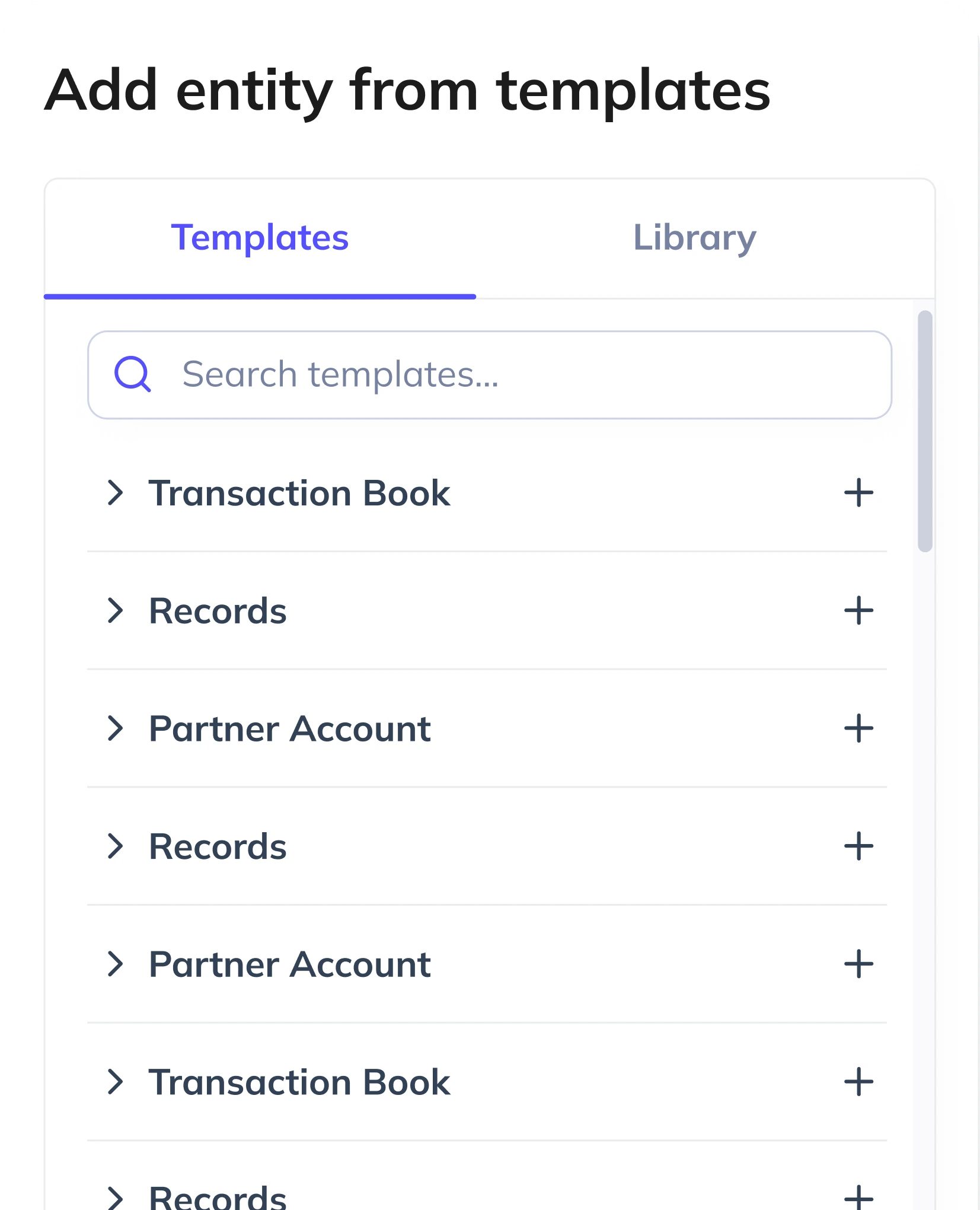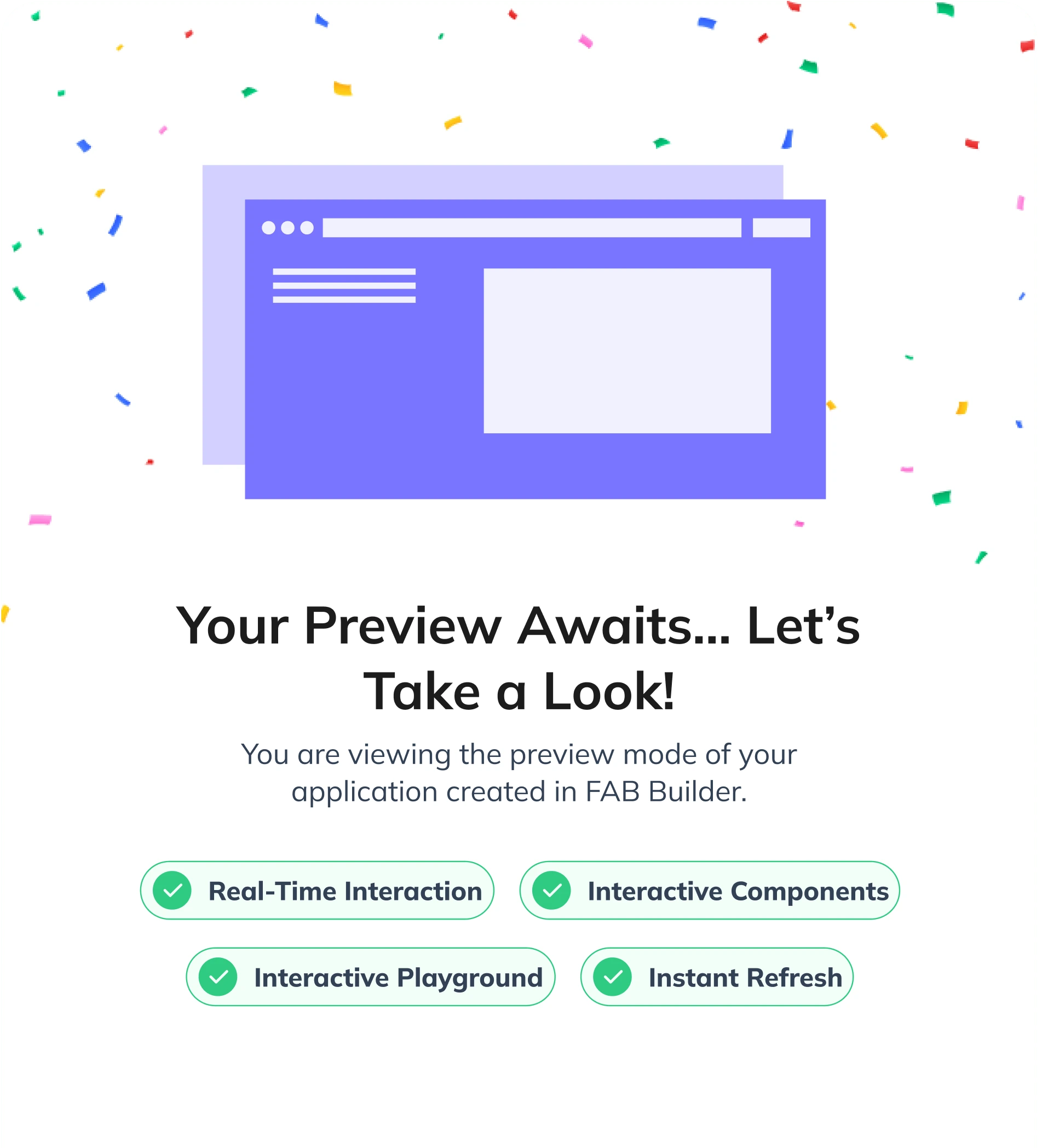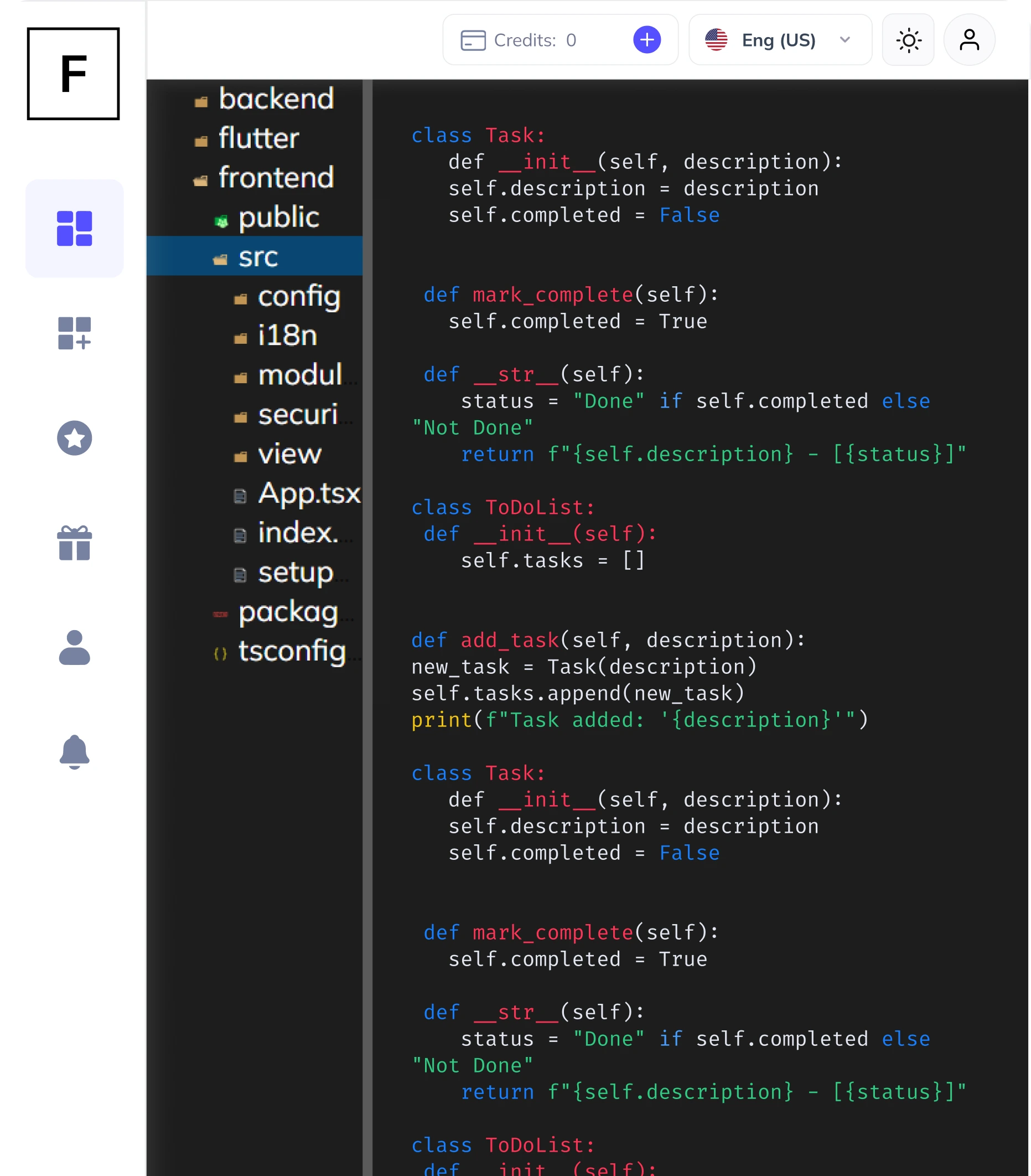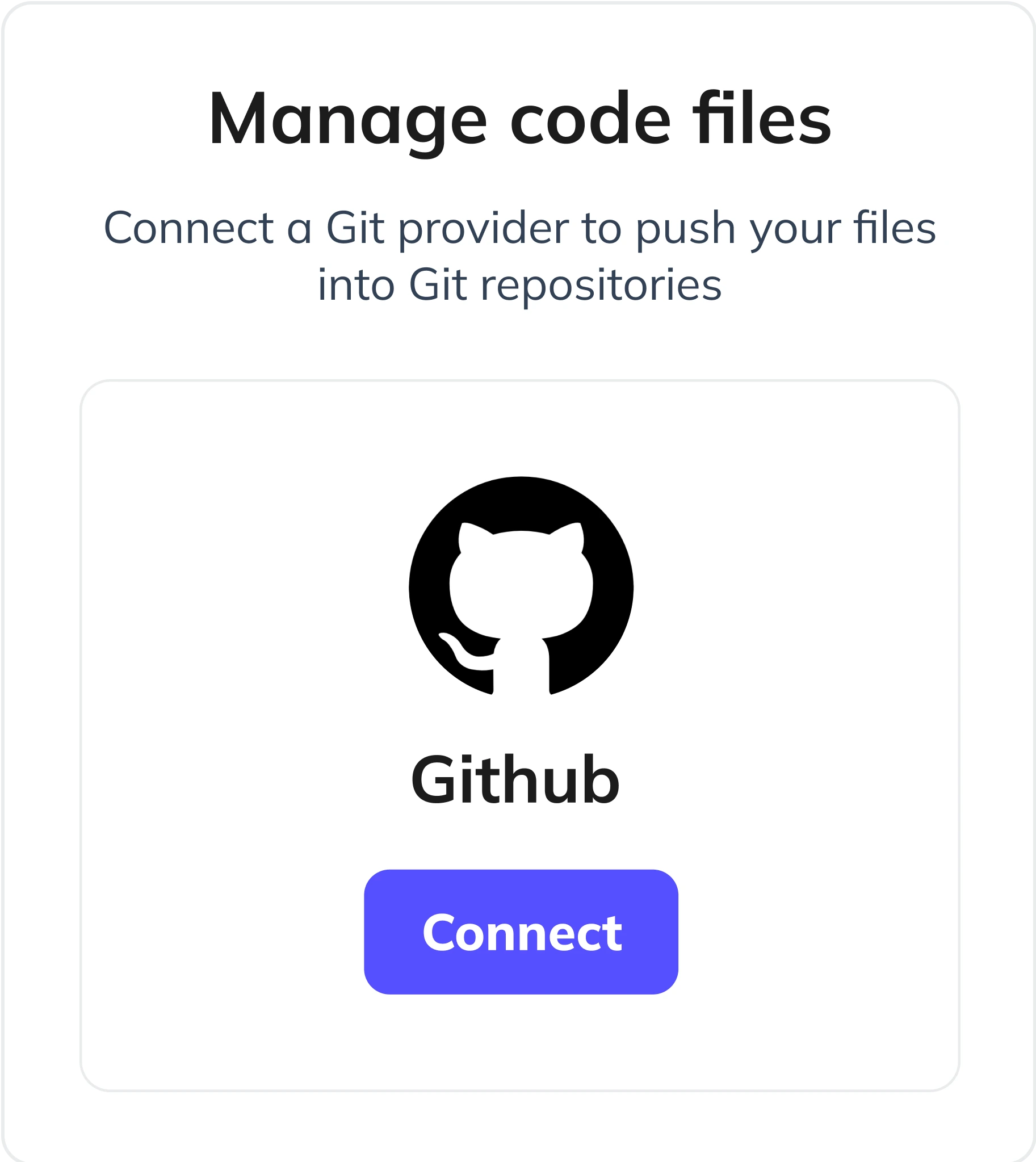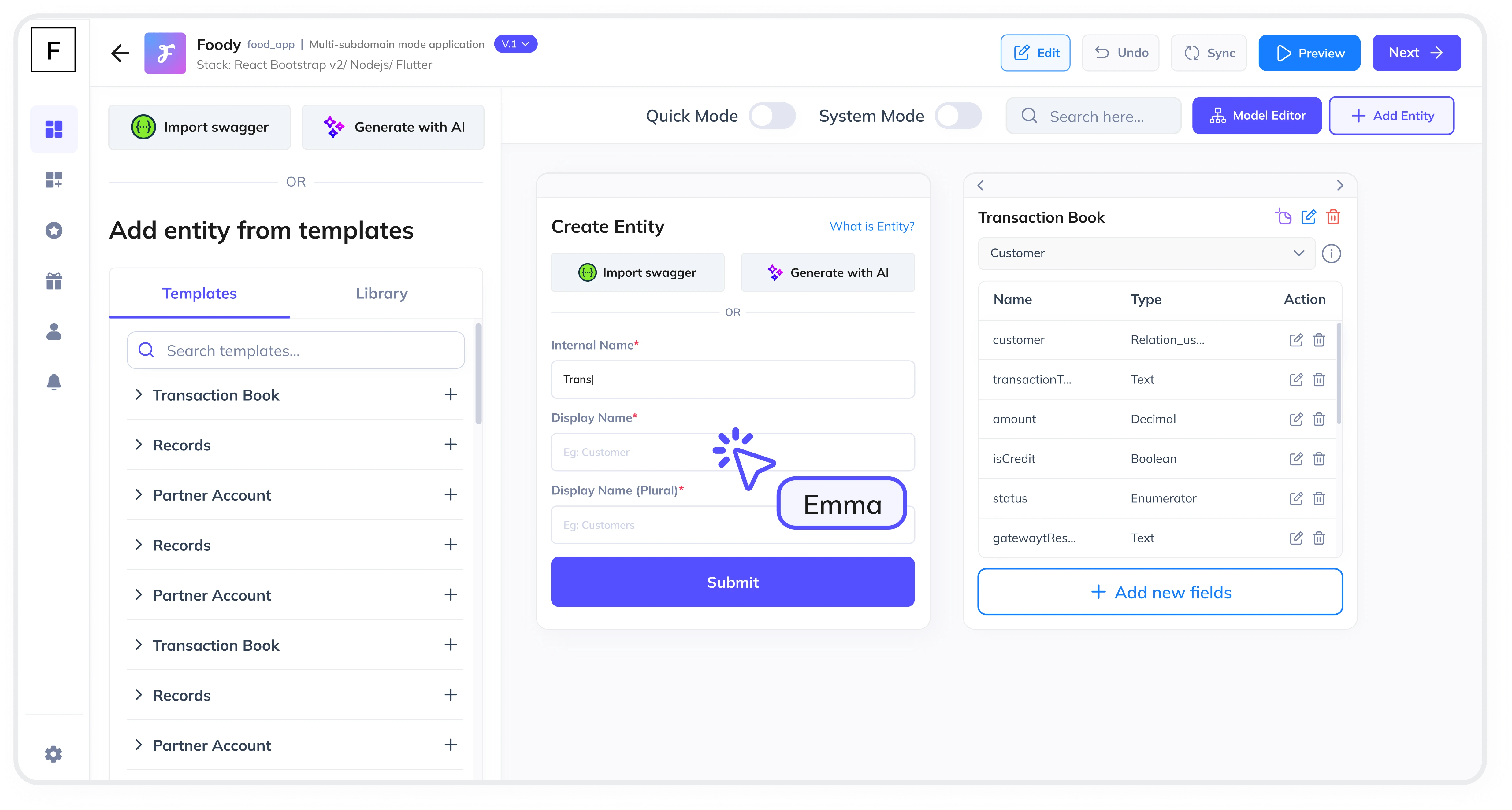Summarize and analyze this article with:
In today's fast-paced digital world, businesses are constantly seeking ways to streamline operations, reduce costs, and enhance efficiency. One of the most effective ways to achieve this is by implementing a Business Automation Module in your Custom SaaS (Software as a Service) applications. This module can automate repetitive tasks, manage workflows, and ensure seamless communication between different departments. In this article, we will walk you through the step-by-step process of creating a Business Automation Module using FAB Builder, a powerful low-code platform that simplifies the development of custom SaaS applications.
Why Use a Low-Code Platform for Business Automation?
Low-code platforms like FAB Builder have revolutionized the way businesses develop and deploy applications. Here are some reasons why you should consider using a low-code platform for creating your Business Automation Module:
- Speed: Low-code platforms significantly reduce development time, allowing you to bring your application to market faster.
- Cost-Effective: By minimizing the need for extensive coding, low-code platforms reduce development costs.
- Flexibility: Low-code platforms offer a high degree of customization, enabling you to tailor the application to your specific business needs.
- Scalability: As your business grows, low-code platforms allow you to easily scale your application to meet increasing demands.
- User-Friendly: With intuitive drag-and-drop interfaces, low-code platforms make it easy for non-technical users to participate in the development process.
Key Features of FAB Builder for Business Automation
FAB Builder is a comprehensive low-code platform that offers a wide range of features to help you create robust and scalable SaaS applications. Here are some of the key features that make FAB Builder stand out:
- AI-Assisted Entity Creation: FAB Builder uses AI to automatically generate entities based on your application's description, saving you time and effort.
- Full Source Code Download: All the code generated by FAB Builder is downloadable, giving you complete control over your application.
- Multi-Tenant Configurations: FAB Builder supports multi-tenant configurations, allowing you to create SaaS applications that can be sold as subscriptions to B2B consumers.
- Bulk Data Import/Export: FAB Builder automatically creates Excel templates for bulk data import and export, making it easy to manage large datasets.
- Configurable File Storage: Choose from a variety of file storage options, including Google Cloud Storage, Amazon AWS S3, and more.
- Payment Gateway Integration: FAB Builder supports integration with popular payment gateways like Stripe, RazorPay, and PayPal.
- Technology Stack Interoperability: FAB Builder is compatible with a wide range of technology stacks, including MERN, MEAN, ReactJs, Vue, Angular, and more.
Step By Step Guide to Creating a Business Automation Module
Step 1: Define Your Business Processes
The first step in creating a Business Automation Module is to define the business processes that you want to automate. This could include tasks like order processing, inventory management, customer support, and more. Clearly outline the workflows and identify the key areas where automation can add value.
Step 2: Choose Your Tech Stack
- Select your preferred frontend, backend, and database technologies from FAB Builder’s supported tech stacks:
- Frontend: React.js, Angular, Vue.js
- Backend: Node.js, Java, .NET
- Database: MongoDB, PostgreSQL, MySQL
Step 3: Create Entities Using FAB Builder
Once you have defined your business processes, the next step is to create the necessary entities in FAB Builder. Use the AI-assisted entity creation feature to automatically generate entities based on your application's description. This will save you time and ensure that all the required fields are included.
Step 4: Configure Role-Based Permissions
To ensure that only authorized users can access certain features, configure role-based permissions in FAB Builder. This will allow you to control who can view, edit, or delete data within the application. Role-based permissions are especially important for features like bulk data import/export and file storage.
Step 5: Integrate Payment Gateways
If your SaaS application involves collecting payments, integrate payment gateways like Stripe, RazorPay, or PayPal. FAB Builder makes it easy to set up payment gateways, allowing you to collect payments for subscriptions or one-time purchases directly within your application.
Step 6: Test and Deploy
Before deploying your Business Automation Module, thoroughly test it to ensure that all workflows are functioning as expected. FAB Builder's managed hosting services make it easy to deploy your application to the cloud with just one click. You can choose from AWS, GCP, or Azure for hosting.4

Use Cases for Business Automation Modules
Business Automation Modules can be used in a variety of industries and applications. Here are some common use cases:
- E-Commerce: Automate order processing, inventory management, and customer support.
- Healthcare: Streamline patient registration, appointment scheduling, and billing.
- Finance: Automate invoice processing, expense tracking, and financial reporting.
- Education: Manage student enrollment, course scheduling, and grading.
- Real Estate: Automate property listings, tenant management, and lease agreements.
Benefits of Using FAB Builder for Business Automation
Using FAB Builder to create your Business Automation Module offers several benefits:
- Production-Ready Code: The code generated by FAB Builder is production-ready and can be deployed to the cloud with just one click.
- Full Customization: FAB Builder allows you to fully customize your application, ensuring that it meets your specific business needs.
- No Vendor Lock-In: With FAB Builder, there are no strings attached. Once you download the source code, all intellectual property and business logic are entirely in your hands.
- Scalability: FAB Builder's flexible architecture allows you to scale your application as your business grows.
- Expert Support: FAB Builder offers product development and architecture consultation services to help you optimize your application.
Why Choose FAB Builder for Business Automation?
FAB Builder stands out as a leading low-code platform for creating custom SaaS applications. Here are some reasons why you should choose FAB Builder:
- Comprehensive Features: FAB Builder offers a wide range of features, from AI-assisted entity creation to payment gateway integration, making it a one-stop solution for SaaS development.
- Flexibility: FAB Builder supports multiple technology stacks, allowing you to choose the one that best fits your needs.
- Security: FAB Builder's multi-layer security model ensures that your application is secure from potential threats.
- Ease of Use: With its intuitive interface and drag-and-drop functionality, FAB Builder makes it easy for both technical and non-technical users to create applications.
- Expert Consultation: FAB Builder's team of experts is available to provide consultation and support throughout the development process.
Conclusion
Creating a Business Automation Module for your Custom SaaS application doesn't have to be a daunting task. With FAB Builder, you can streamline your operations, reduce costs, and enhance efficiency with ease. Whether you're looking to automate workflows, manage data, or integrate payment gateways, FAB Builder offers the tools and features you need to create a robust and scalable application. Start your journey with FAB Builder today and take your SaaS application to the next level.
With FAB Builder, you can also create multi-tenant SaaS applications, allowing you to sell subscriptions to your B2B consumers. This flexibility makes FAB Builder an ideal choice for businesses looking to innovate and grow in the competitive SaaS market.






